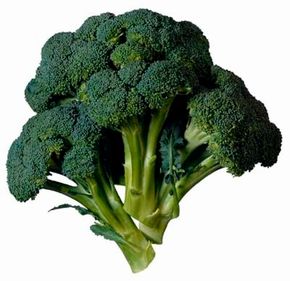Q. What are cruciferous vegetables?
A. Cruciferous vegetables such as broccoli, Brussels sprouts, and cauliflower, are members of the cabbage family; they get their name from their four-petaled flowers, which look like a crucifer, or cross. Other cruciferous vegetables include arugula, bok choy, collards, kale, mustard greens, rutabaga, turnip greens, and watercress.
Vegetable Image Gallery
Advertisement
You can smooth out the strong flavors of cruciferous vegetables by serving them with an assertive garnish, such as a few drops of toasted sesame seed oil or extra-virgin olive oil that can be plain or flavored with lemon, garlic, herbs, or chili pepper.
Or try sprinkling of balsamic vinegar, citrus juice, low-sodium soy sauce, or other seasonings such as garlic, cumin, coriander, ginger, or anise.
You can also make a simple glaze by mixing together in a blender 1/4 cup balsamic vinegar, 1 tablespoon honey, 1 teaspoon minced garlic, 1 teaspoon minced fresh ginger, 1 teaspoon extra-virgin olive oil, 1 small seeded, chopped tomato; and salt and black pepper to taste.
Bring the mixture to a boil in a saucepan and cook until it's slightly syrupy, about 3 to 4 minutes. One tablespoon of the glaze contains 22 calories, less than 1 gram of total fat (0 saturated fat), 4 grams carbohydrate, no protein or fiber and 2 milligrams of sodium, and is a free food exchange.
Use your vegetables within three to four days of purchase. Long storage makes assertive flavors stronger. Until then, store them unwashed in the vegetable crisper of the refrigerator, loosely wrapped in perforated plastic bags.
Advertisement


